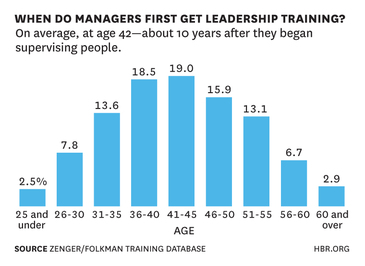
You can make more friends in two months by becoming more interested in other people than you can in two years by trying to get other people interested in you. – Dale Carnegie
In the book Leadershift, John Maxwell shares a story about being invited to a game by Pat Summit, the late head coach of the Lady Vols basketball team at the University of Tennessee.
He recounts how he was able to go into the locker room at halftime which served as a major “aha” moment for him. In the locker room, Summit and a few coaches gathered to talk about what took place in the first half of the game. The players gathered around a whiteboard in a semicircle to answer three questions written on it: What did we do right in the first half? What did we do wrong? What do we need to change? When the girls had answered all three questions, Summit and her coaches would then go over and talk about their responses, and then she would send them back out to warm up for the second half of the game.
Curious about this, Maxwell asked Pat Summit about this technique. She replied, “Too many lead by assumptions. They assume they know where their people are. That halftime exercise lets me find my players so I can lead them. That can only be done by asking questions and listening to their answers.”
In her remarkable career at Tennessee, Pat Summit won eight national championships. Her leadership on and off the court left an indelible impression upon many and she is greatly missed today.

Her insights into connecting with her players still have relevance today. Look at most any survey on employee-employer relations and you will consistently at the top of any list are complaints like not listening, favoritism, micromanaging, not showing appreciation, overbearing, and the lists go on.
It’s been said that assumptions are the termites of relationships. I believe this to be true in leadership. But as leaders why do we do it? What are some of the mistaken assumptions we make that hurt our leadership? Here are a few for your consideration.
We assume everyone shares our perspective
While you may wish it were true, not everyone in your sphere of influence shares your perspective and sees things your way. When you assume that they do, it can create misunderstandings that you caused but the shift in blame usually falls elsewhere. At the end of the day, if you want a culture of shared values, mission, and purpose, then you have to quit assuming it exists and connect with your people to create it. Click To Tweet A key to effective leadership is found when you purposefully connect with your people and respect everyone’s voice.
We assume everyone else will eventually come around to seeing things our way
In as much as we mistakenly believe that everyone shares our perspective, we can also assume that over time, everyone will eventually fall in line and see things our way. Let’s be honest – wearing your people down is not a good leadership strategy. However, when you listen to your people, as Pat Summit listened to her players, then you can connect and build relationships with your people which in turn elevates morale and creates wins for the team.
We assume everything is dependant on us
“It’s not about you,” is the opening sentence of the acclaimed book The Purpose Driven Life by Rick Warren. It pointedly encapsulates everything you need to know about living a life that matters and also your life in leadership. The assumption that everything is dependant on us or it all goes down the tubes is a misnomer. Perhaps we need to rediscover a renewed sense of humility in our leadership which makes the whole idea of connecting with others more meaningful when we understand that we truly need each other. Click To Tweet
Final Thoughts
Connecting with others and building relationship is one of the greatest privileges in leadership. We should never take it for granted and always remember that what we can accomplish together is greater than what we can do on our own. In order to do so, we need to stop assuming and start connecting.
©2021 Doug Dickerson









